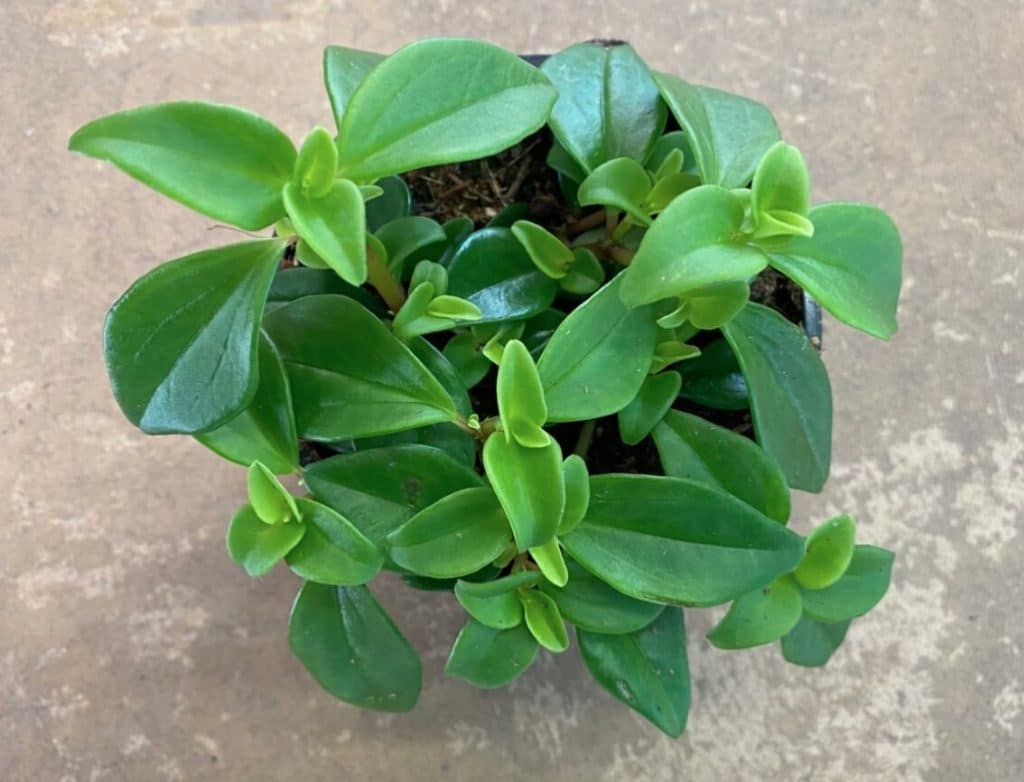Is your garden or home looking a bit lackluster? Are you looking for an easy-to-care-for plant that will add some life to your space? Look no further than the Bibi plant!
This beautiful flowering plant is perfect for first-timers or experienced growers alike. It’s commonly grown in flower borders and produces beautiful flowers. Bibi plants can also be grown indoors. Let’s look at how to grow and care for a Bibi plant.
What is a Bibi plant?
Bibi is the trendy name for the Peperomia plant, also known as a radiator plant. The Peperomia is a South American native, but you can find it worldwide in warm climates.
This plant has thick branches full of oval leaves, which are variegated. Bibi plants are about 1 foot tall when they reach maturity.
How to care for a bibi plant?
Bibi plants are easy to care for and look great. Follow these steps and watch your plant thrive!
Sunlight needs
To grow a healthy bibi plant, it must be kept in bright indirect sunlight for at least six hours per day. If you want to put your plant outside, make sure the area is not too sunny because the leaves can burn.
Watering needs
First-time growers often kill their Bibi plant by overwatering. It’s vital to water bibi plants correctly. Allow the top half-inch of soil to dry out between waterings.
You can usually water your plant about once per week during the summer. You may find that your plant needs less water in the winter to help it retain its leaves and stay lush.
If you’re growing your bibi plant is indoors, it’s also important to mist the leaves with water or wipe them down gently once per week. This prevents dust from settling on the leaves for too long. It can also prevent mites, tiny insects that live on plants, from overtaking your Bibi.
Humidity requirements
Bibi plants like to be kept humid but not wet. You can mist the leaves to increase humidity or place it in a shallow tray with stones and water. Ensure that the pot has proper drainage holes so your plant doesn’t become waterlogged.
Bibi plants grow faster when they are slightly root bound, which means they require repotting about every year, depending on their size. This ensures they can get the air circulation and nutrients they need.
Fertilizer requirements
You should fertilize your plant once a month using standard or organic plant food during the growing season. Follow the instructions on the label for proper application rates depending on your Bibi plant’s size.
Pruning needs
Bibi plants are super easy to prune, which is a great way to propagate the plant if you want more houseplants. Just cut off about an inch or two from any stem and place it in some moist soil where it will get at least six sunlight hours per day. It will soon grow into a new plant.
Conclusion
Bibi plants are a great addition to any home because they grow quickly and look lovely. They also make great gifts for anyone who loves houseplants and can also be grown outside in USDA zones 10 to 12.
